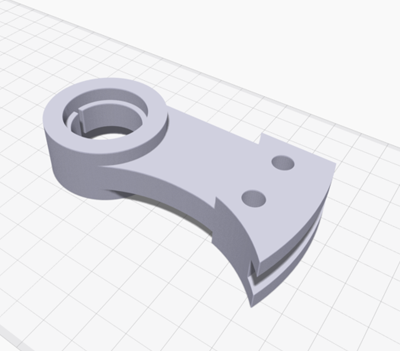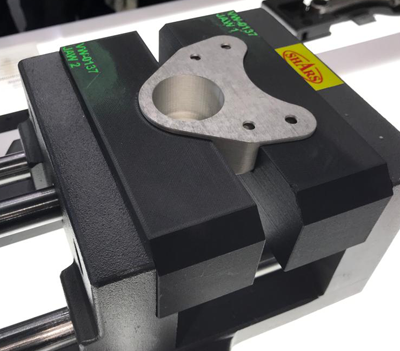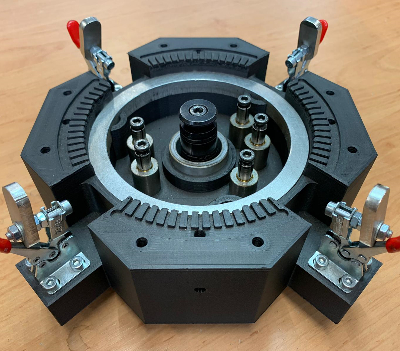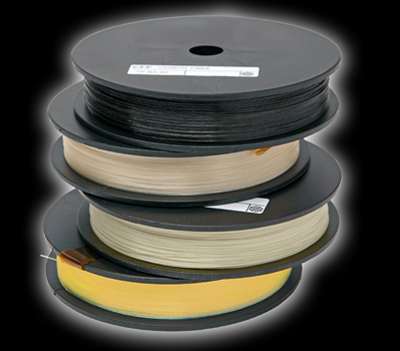Why every fixture shop should have an industrial 3D printer





In the Fixture construction Precision plays a key role. Devices, including Welding fixtures, Laser welding devices and Test devices, are essential to ensure the highest quality standards.
But a high degree of individuality and adaptability are also necessary in order to produce the required parts economically.
This is where additive manufacturing comes into play: It enables complex geometries to be produced quickly, precisely and cost-effectively, which significantly increases flexibility and speed in production and contributes to the cost-effectiveness of the process chain.
Challenges in traditional fixture construction
Time- and cost-intensive processes
Manufacturing fixtures can be time-consuming and expensive. Traditional manufacturing methods such as milling often require multiple steps and the involvement of external service providers, resulting in significant delays and additional costs.
Limited design options
Traditional methods limit design freedom. Complex designs are often difficult or impossible to implement, which hampers innovation.
Long lead times
Procuring materials and tools can result in significant lead times. This delays production start-up and reduces operational flexibility.
High material waste
Traditional manufacturing techniques such as milling and turning generate a lot of waste. This not only increases costs but also pollutes the environment.
Limited adaptability
Modifications to existing fixtures are often complicated and time-consuming, making it difficult to quickly adapt to new production requirements or product changes.
Dependence on external service providers
The need to outsource certain parts increases the complexity and cost of production planning. It also creates dependencies that can lead to production downtimes in the event of delivery delays.
The solution: 3D printing
Speed and efficiency
A key advantage of 3D printing is its speed. Prototypes can be created and tested within hours. This significantly reduces development times and enables faster iterations.
Design freedom
The design freedom of 3D printing makes it possible to develop complex and innovative devices. Engineers can unleash their creativity and find new, improved solutions.
Cost efficiency
Local production of fixtures and prototypes eliminates high costs for external service providers. Furthermore, materials are used more efficiently, further reducing costs.
Less material waste
3D printers use only the material actually needed for the part. This significantly reduces material waste and makes manufacturing more environmentally friendly and cost-efficient.
Fast changeover times
3D printers allow new fixtures and tools to be manufactured quickly and easily. This significantly reduces changeover times and increases production flexibility.
Independence from external suppliers
The ability to print parts and tools directly on-site reduces dependence on external suppliers, leading to faster production cycles and lower costs.

Practical report:
How fixture construction works today: WESCAD GmbH
WESCAD has found creative and innovative ways to integrate industrial 3D printing into fixtures using the Markforged FX10. Ideal for equipment manufacturing, special-purpose machinery, and fixture construction.
These are not simple parts from a 3D printer.
The components are made of Markforged ONYX material and additionally reinforced with patented continuous carbon fiber. This achieves the strength of aluminum. This strength and the reliability of the system help reduce costs and optimize processes.

Conclusion
The biggest challenges in fixture manufacturing—long manufacturing times, high costs, and limited design options—can be effectively solved through the use of 3D printers. Markforged machines offer a combination of precision, material versatility, and ease of use that makes them ideal for industrial use. Companies that implement this technology benefit from significant time and cost savings, as well as increased innovation. It's time to leverage the advantages of 3D printing and take fixture manufacturing to the next level.
Why you should rely on Mark3D and Markforged
Mark3D is your partner for the Fixture construction in the automotive industry. Our expertise in additive manufacturing and our close collaboration with Markforged We guarantee customized solutions that optimize your production processes. With our innovative 3D printers, you achieve maximum precision and efficiency while reducing costs.
Markforged 3D printers, such as the Mark Two and the Onyx One, offer numerous advantages:
- Precision and repeatability: With an accuracy of 0.02 mm, the printers are ideal for the production of high-precision devices.
- Material variety and strength: The printers can produce robust parts made of carbon fiber and other high-quality materials that meet the demands of industrial manufacturing.
- User-friendliness and software support: The Eiger™ 3D printing software is intuitive and makes the printing process much easier.
Fixture builder Benefit from our comprehensive consulting and support – from the initial idea to the finished product. Don't miss the opportunity to take your production to the next level.
Contact us now and discover how you can Markforged 3D printers Her Devices can perfect!
Practical report:
Shortening the process chain through greater independence at ERCO
At ERCO, 3D printing is used for the industrial production of fixture components. More and more components, such as mounting fixtures, supports, inserts, clamps, locking devices, testing fixtures, and alignment devices, are manufactured unmanned for assembly.
"The Mark3D–Markforged system works simply, reliably and with process security. ”
– Stephan Jungkurth, Head of Tool Mechanics, ERCO GmbH

Learn more about 3D printing with continuous fibers!
Which continuous filament is suitable for which application? How do I design correctly for filament 3D printing? What do users say about it, and where can I find more information? – You've come to the right place! We've listed several information sources that will help you get the answers you need.
If you'd like a demo, have questions, or need a quote, please leave us a message here:
Mark3D GmbH
Rodenbacher Straße 15
35708 Haiger
Phone: 07361 63396-00
E-mail: markforged@mark3d.de
World-leading companies use Markforged 3D printers
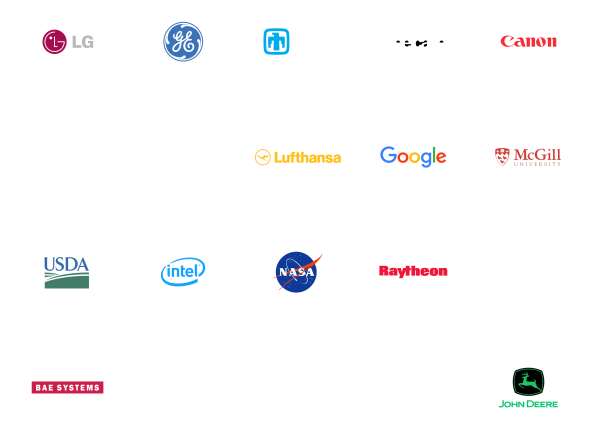
To contact us, please fill out our secure form.






